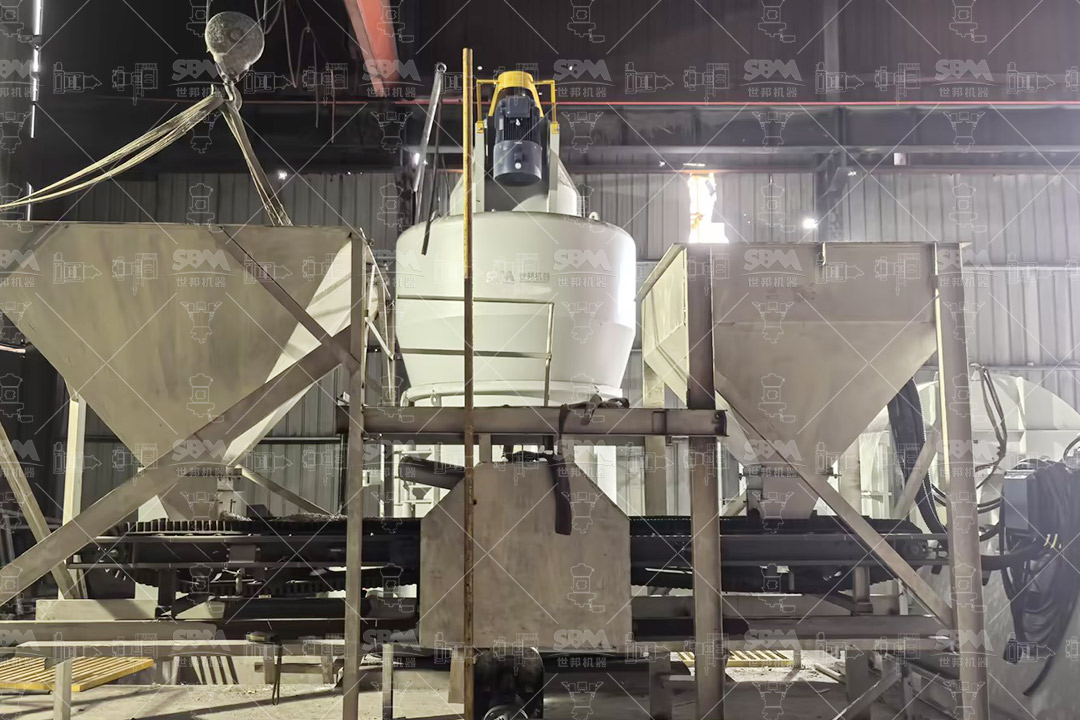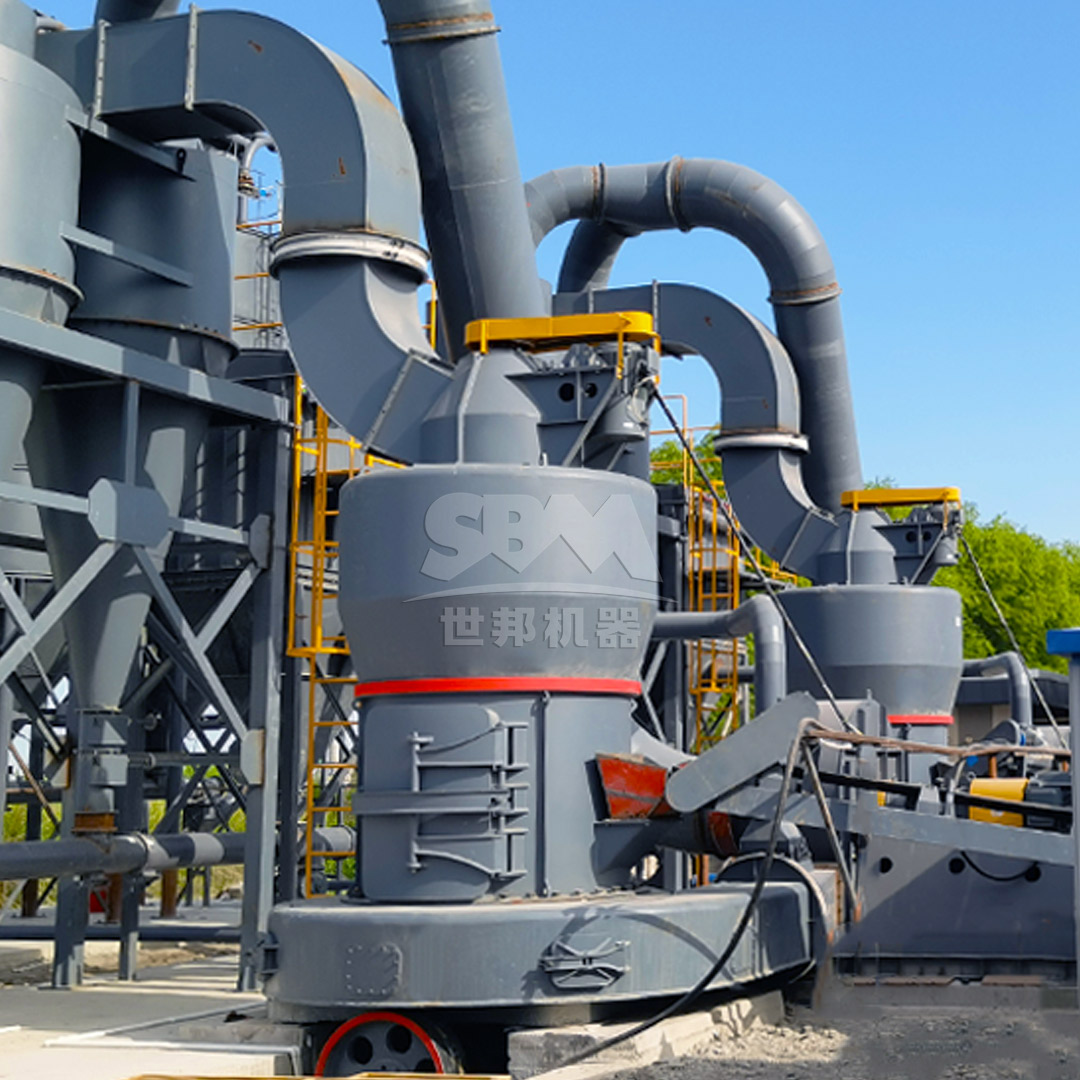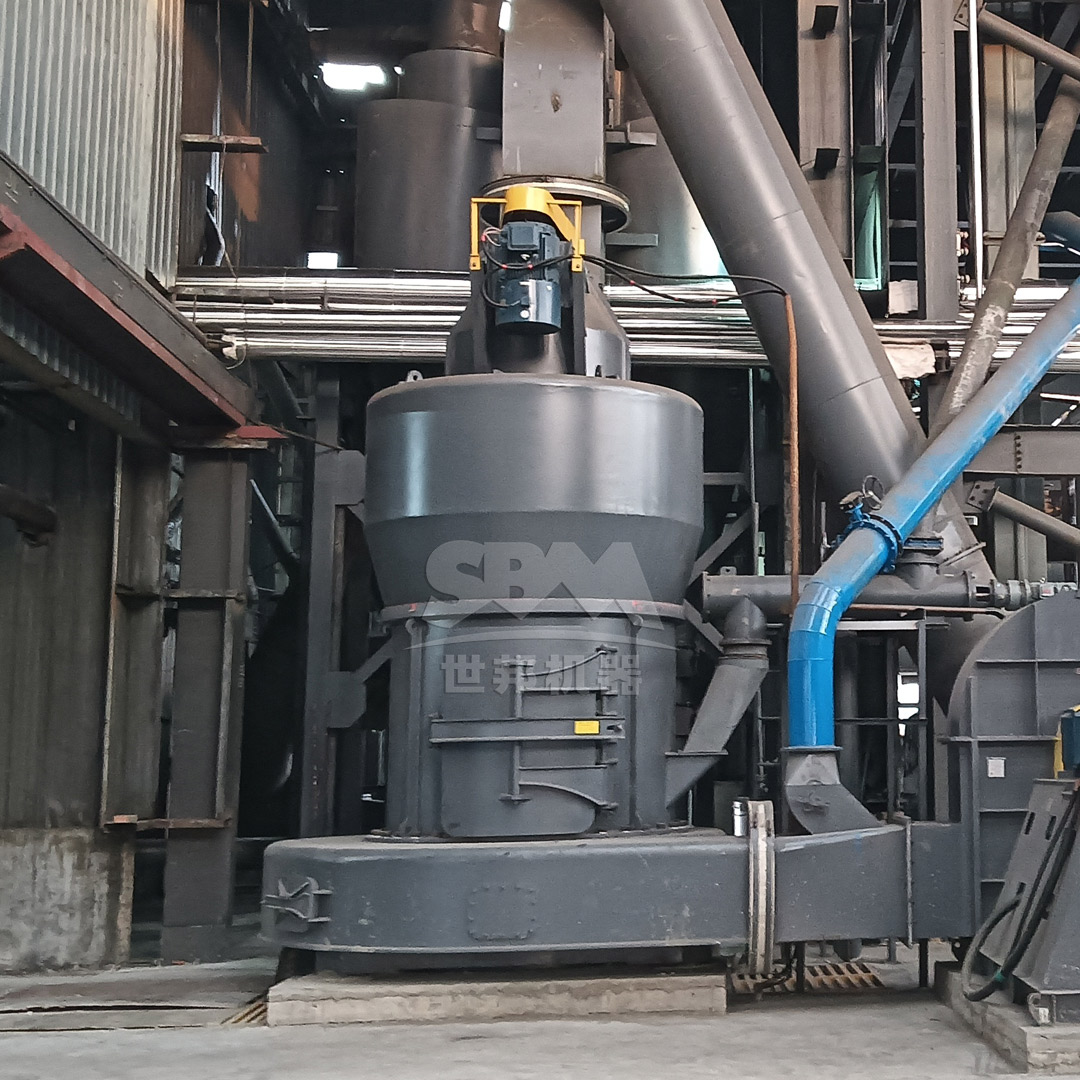The utilization of dolomite powder as a supplementary cementitious material (SCM) in concrete has gained significant attention in modern civil engineering. Dolomite, a calcium magnesium carbonate mineral (CaMg(CO3)2), when processed to appropriate fineness, can enhance concrete properties through both physical and chemical mechanisms. The key to unlocking these benefits lies in the optimization of dolomite powder processing to achieve precise particle size distribution and surface characteristics that complement cement hydration reactions.
Properly processed dolomite powder contributes to improved workability, reduced permeability, enhanced long-term strength, and increased durability of concrete structures. However, achieving these benefits requires sophisticated grinding technology capable of producing consistent, high-quality powder with controlled particle morphology. This article explores the technical requirements for dolomite powder processing and presents advanced solutions for optimizing concrete performance.

Dolomite powder influences concrete properties through multiple mechanisms. Chemically, it participates in pozzolanic reactions with calcium hydroxide released during cement hydration, forming additional calcium silicate hydrate (C-S-H) phases that contribute to strength development. The magnesium component in dolomite can also form stable hydration products that enhance concrete durability, particularly in sulfate-rich environments.
Physically, fine dolomite particles act as micro-fillers that densify the concrete matrix, reducing pore connectivity and improving impermeability. The optimal particle size distribution ensures efficient packing between cement grains, leading to reduced water demand for given workability and consequently lower porosity in the hardened concrete. Research indicates that dolomite powder with D97 ≤ 10μm demonstrates the most significant improvement in concrete performance.
The incorporation of appropriately processed dolomite powder results in measurable improvements across multiple concrete performance indicators:
| Concrete Property | Improvement Range | Mechanism |
|---|---|---|
| Compressive Strength (28-day) | 10-20% | Enhanced hydration and filler effect |
| Permeability | Reduced by 30-50% | Improved particle packing |
| Chloride Ion Penetration | Reduced by 40-60% | Denser microstructure |
| Sulfate Resistance | Increased by 25-40% | Stable magnesium compounds |
| Drying Shrinkage | Reduced by 15-25% | Refined pore structure |
The effectiveness of dolomite powder in concrete enhancement is highly dependent on achieving optimal particle size distribution. Research indicates that a bimodal distribution with peaks in the 1-5μm and 10-20μm ranges provides the best performance, as this configuration maximizes packing density while maintaining adequate reactivity. The presence of ultrafine particles (D97 ≤ 5μm) is particularly important for accelerating early hydration and improving interfacial transition zone characteristics.
Advanced grinding systems must provide precise control over the entire particle size spectrum, with particular attention to minimizing the fraction above 45μm, which can act as weak points in the concrete matrix. The ability to consistently produce powder with specific surface area between 400-600 m2/kg is essential for optimal performance as a supplementary cementitious material.
Beyond particle size, the shape and surface characteristics of dolomite particles significantly influence their performance in concrete. Angular, irregular particles with high surface roughness provide better interlocking in the cement matrix but may increase water demand. Conversely, spherical particles with smooth surfaces improve workability but may reduce mechanical interlocking.
Modern grinding technology should produce particles with controlled morphology that balances these competing requirements. Additionally, the surface chemistry of the powder must be optimized to ensure compatibility with chemical admixtures commonly used in modern concrete formulations. Electrostatic properties and surface energy play crucial roles in dispersion and hydration kinetics.

For applications requiring the highest quality dolomite powder with precise particle size control, the SCM Series Ultrafine Mill represents the state of the art in grinding technology. This system is specifically engineered to produce dolomite powder in the range of 325-2500 mesh (45-5μm), making it ideal for high-performance concrete applications where ultrafine particles are essential.
The SCM Ultrafine Mill incorporates several technological innovations that make it particularly suitable for dolomite processing:
For concrete producers seeking to maximize the benefits of dolomite powder, the SCM800 model with a capacity of 0.5-4.5 tons/hour and 75kW main motor power provides an excellent balance of performance and operational efficiency. The ability to produce powder with D97 ≤ 5μm makes it particularly valuable for high-strength and self-compacting concrete formulations.
For large-scale concrete production facilities requiring high volumes of consistently quality dolomite powder, the MTW Series Trapezium Mill offers an optimal solution. With capacities ranging from 3-45 tons/hour and the ability to produce powder from 30-325 mesh (600-45μm), this system provides exceptional flexibility for meeting varying concrete production requirements.
The technological advantages of the MTW Series include:
The MTW215G model, with its impressive capacity of 15-45 tons/hour and 280kW main motor power, is particularly well-suited for large ready-mix concrete plants and precast concrete manufacturers. The system’s ability to handle feed material up to 50mm in size reduces the need for secondary crushing operations, further enhancing overall process efficiency.
| Mill Model | Optimal Application | Production Capacity | Final Fineness | Key Advantage |
|---|---|---|---|---|
| SCM800 | High-performance concrete | 0.5-4.5 t/h | 325-2500 mesh | Ultrafine capability (D97≤5μm) |
| MTW215G | Large-scale production | 15-45 t/h | 30-325 mesh | High capacity with consistent quality |
| LM220K | Integrated operations | 36-105 t/h | 170-45μm | Low operating costs |
The selection of appropriate dolomite processing equipment must consider the complete lifecycle costs, including capital investment, energy consumption, maintenance requirements, and product quality implications. Advanced grinding systems like the SCM and MTW series offer compelling economic advantages through reduced energy consumption, extended component life, and minimized downtime.
For the SCM series, the 30% reduction in energy consumption compared to conventional systems translates to significant operational savings, particularly in regions with high electricity costs. The extended service life of grinding components, achieved through specialized materials and design, further reduces operating costs while maintaining consistent product quality.
Optimized dolomite powder processing contributes significantly to the sustainability of concrete production. The use of dolomite as a supplementary cementitious material reduces the clinker factor in concrete, directly lowering CO2 emissions associated with cement production. Additionally, the improved durability of concrete containing dolomite powder extends service life, reducing the environmental impact associated with structure replacement.
Modern grinding equipment incorporates environmental protection features that minimize the ecological footprint of dolomite processing. The pulse dust collection systems in both SCM and MTW series exceed international emission standards, while noise levels below 75-80dB ensure minimal impact on the surrounding environment.

Successful implementation of dolomite powder in concrete production requires careful integration of the grinding process with existing operations. The selection of grinding equipment should consider factors such as available space, utility requirements, material handling logistics, and quality control capabilities. Both the SCM and MTW series are designed with flexibility in mind, supporting various installation configurations to accommodate specific site constraints.
For optimal results, the dolomite grinding process should be located in close proximity to the concrete batching plant to minimize transportation costs and potential contamination. Automated material handling systems between the grinding and batching operations ensure consistent quality while reducing labor requirements.
Maintaining consistent dolomite powder quality is essential for predictable concrete performance. Implementation of comprehensive quality control protocols should include regular monitoring of particle size distribution, specific surface area, chemical composition, and moisture content. Modern grinding systems with integrated control and monitoring capabilities facilitate this quality assurance process.
For critical applications, additional testing of dolomite powder reactivity through isothermal calorimetry or chemical shrinkage measurements provides valuable insights into its performance in concrete. Establishing correlation between powder characteristics and concrete properties enables continuous optimization of the grinding process parameters.
The optimization of dolomite powder processing represents a significant opportunity for enhancing concrete performance in civil engineering applications. Through advanced grinding technology such as the SCM Series Ultrafine Mill and MTW Series Trapezium Mill, producers can consistently achieve the particle characteristics necessary to maximize the benefits of dolomite as a supplementary cementitious material.
The selection of appropriate grinding equipment should be based on specific application requirements, production volumes, and quality objectives. For high-performance concrete applications requiring ultrafine powder, the SCM series provides unparalleled precision, while the MTW series offers exceptional efficiency for large-scale production. Both systems contribute to improved concrete durability, reduced environmental impact, and enhanced economic performance through optimized material utilization.
As the construction industry continues to prioritize sustainability and performance, the role of optimized mineral processing in concrete technology will only increase in importance. Investing in advanced dolomite grinding technology today positions concrete producers to meet tomorrow’s challenges while delivering superior, durable structures for the built environment.